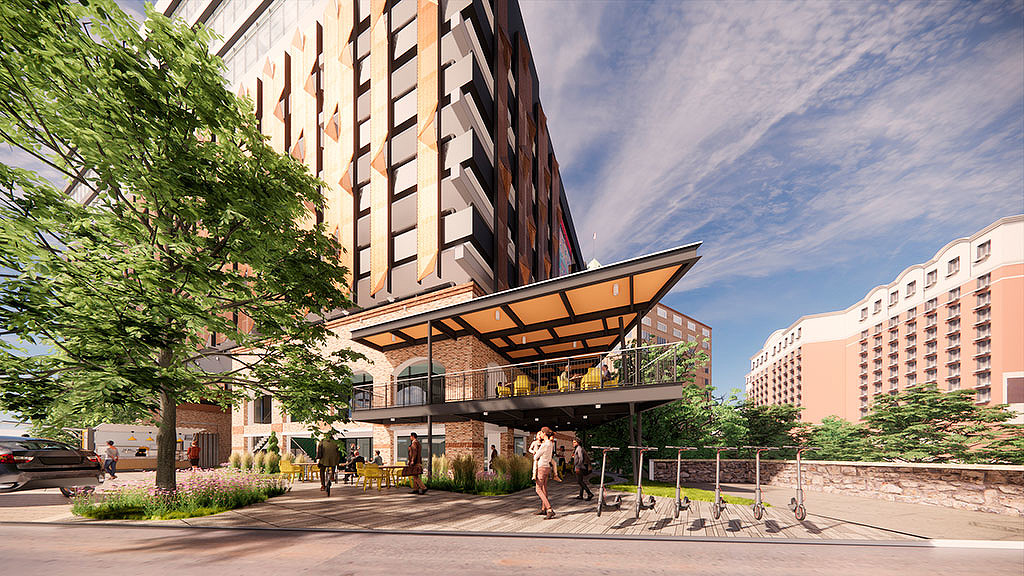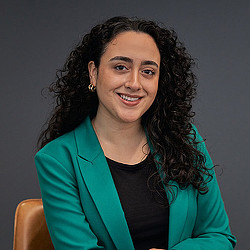Trends to Watch: Accessible and Inclusive Design Will Draw Workers Back to the Office
December 21, 2022 | By Cristina Ziegler
Editor’s Note: This blog was originally published in Work Design Magazine.
While it has been a challenging few years for our industry and the world at large, the shake-up around how and where people work has also presented us with new design opportunities, namely around accessible, inclusive spaces. It is a top concern for clients as they look for ways to attract employees back to the office. In an era of choice, many of them are investing in amenity-rich workplaces that are comfortable, useful, and supportive of employee well-being.
As we move into 2023 and beyond, designers can play a vital role in creating inclusive spaces that are welcoming of all people and all abilities. Following are important trends designers should consider when designing or renovating office spaces.
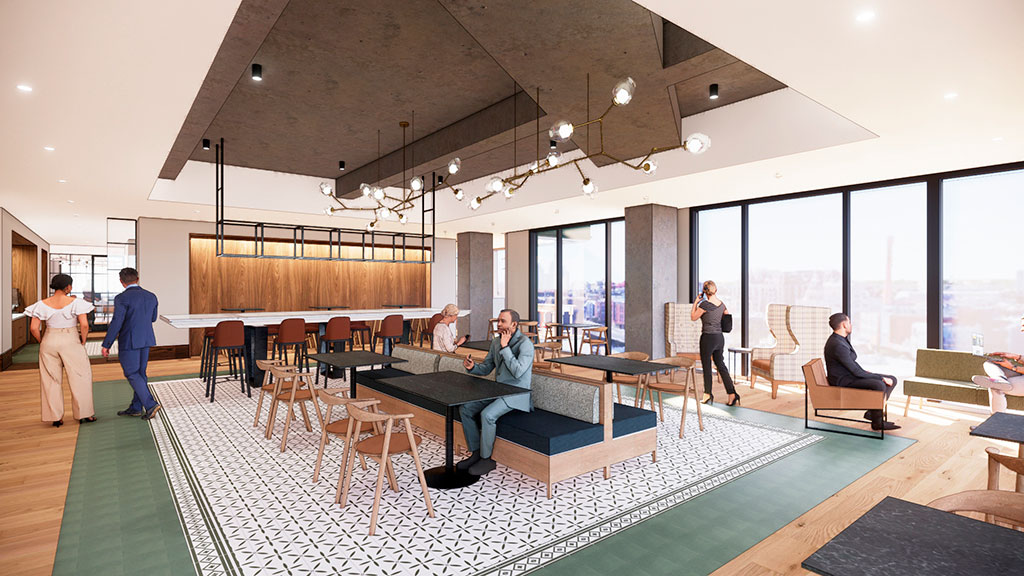
Designing for Neurodiversity
For decades, workplace design focused on the average user, one who was primarily male, of a certain height and able-bodied. But today, we are expanding that lens to include people with conditions that include autism, dyslexia, and other disorders that cause them to view and process the environment around them differently or result in heightened sensitivities.
For example, working in an open environment can be distracting and stressful for some people. One way to accommodate these workers is to create quiet, library-like spaces with soft lighting or to increase the number of relaxation or wellness rooms. Those with attention-deficit disorders can also benefit from monitors with voice command to help them stay organized. For others, strategically placed white noise machines around the office can help them tune out distractions.
Other people are sensitive to colors or smells, so it is critical to create areas or signage and wayfinding with neutral color palettes, as well as position cafes and kitchens away from core working areas.
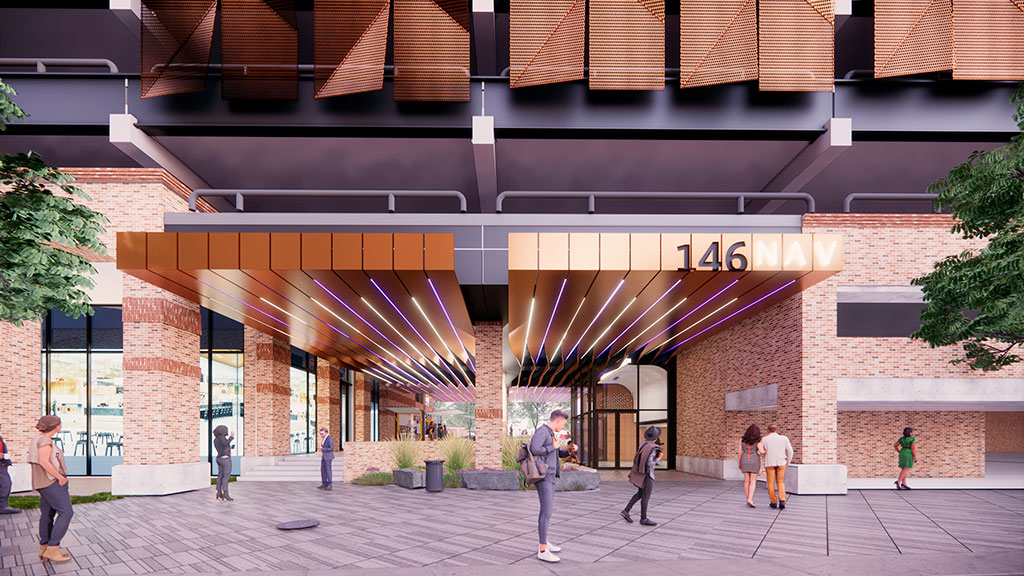
Mindful of Mental Health
More people will be returning to the office next year after months of working from home, and it can be a stressful experience. Work environments that prioritize mental well-being can help ease that transition.
First, having a variety of working areas or rooms is critical. Most people go through a variety of work modes in a day, from formal meetings and focus work to socializing with colleagues. According to a recent survey, more than 80% of workers who report having a great experience in the office have a choice on where and how they work. Spaces such as collaboration rooms, phone booths or private rooms, work cafés, and terraces enable workers to choose the setting that best meets their needs at any given point.
Secondly, bringing in elements of home to the workplace is a significant part of designing a more welcoming and calming space. One of our clients, Jefferson Bank, asked for connecting stairs, open collaboration areas, and meeting rooms with sofas to encourage more employee engagement and socializing.
Finally, something as basic as the right seating can make all the difference in delivering a comfortable, less stressful, workplace experience. Think ergonomic seating options that can adjust for height and/or accommodate for weight differences.
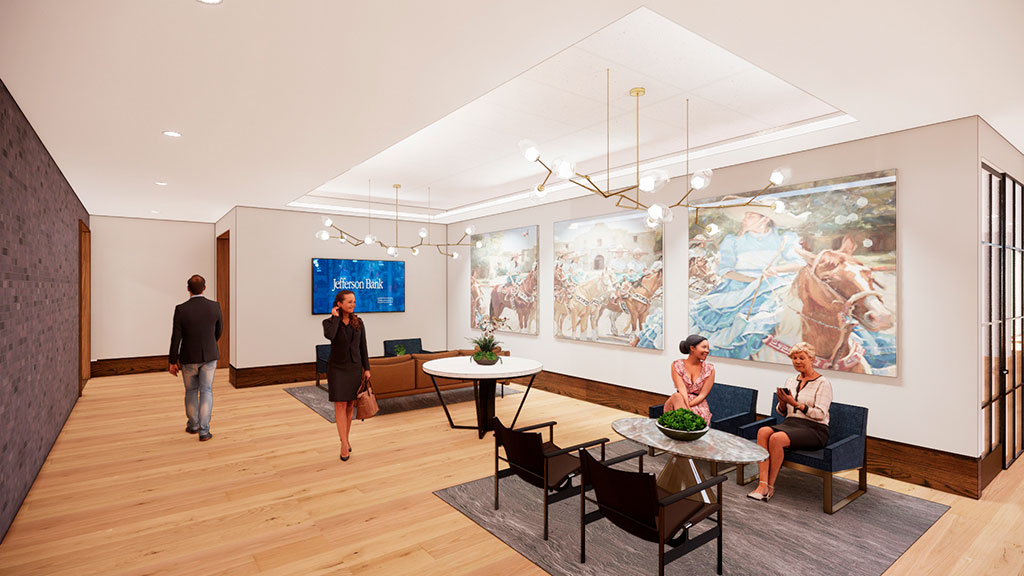
As companies are exploring new options, it is worth talking to their employees to identify the right mix of amenities and spaces that can help them do their best work. Ultimately, the goal is to create offices that bolster camaraderie, inclusiveness, and productivity, and in turn, they become the workplaces that people want to return to and more often.
For media inquiries, email .
